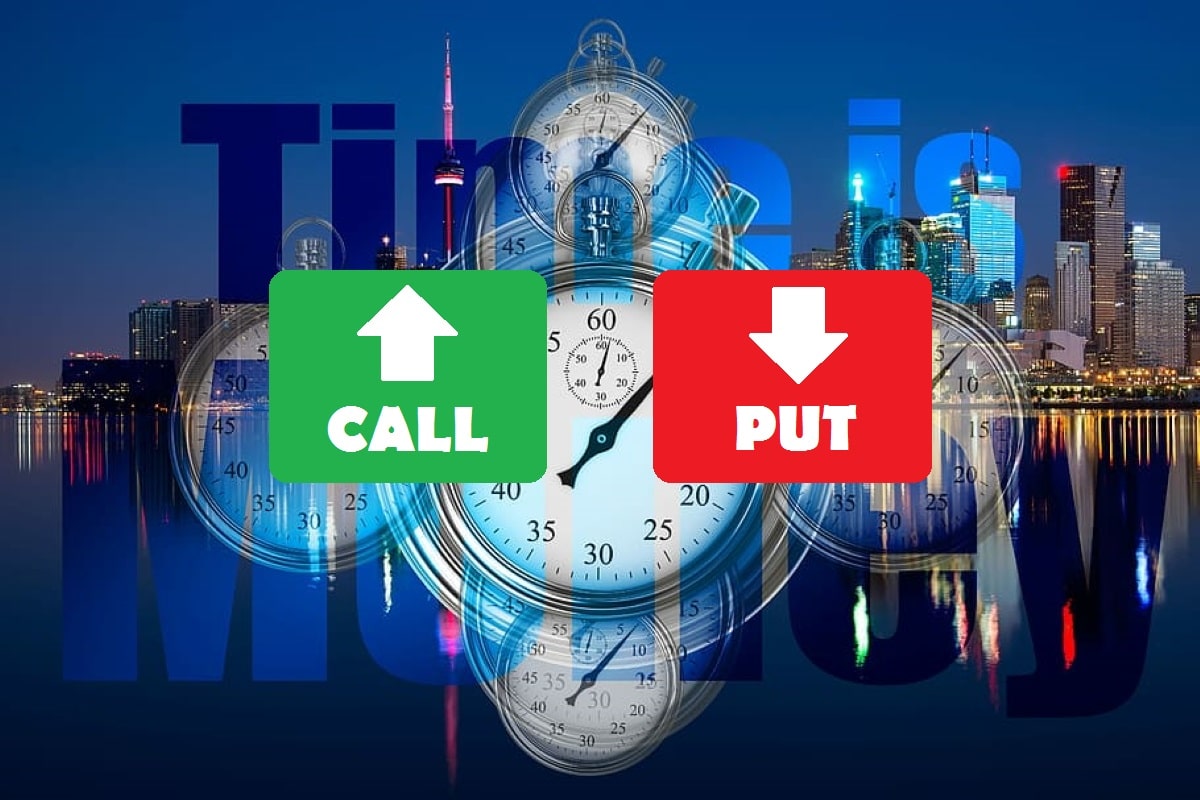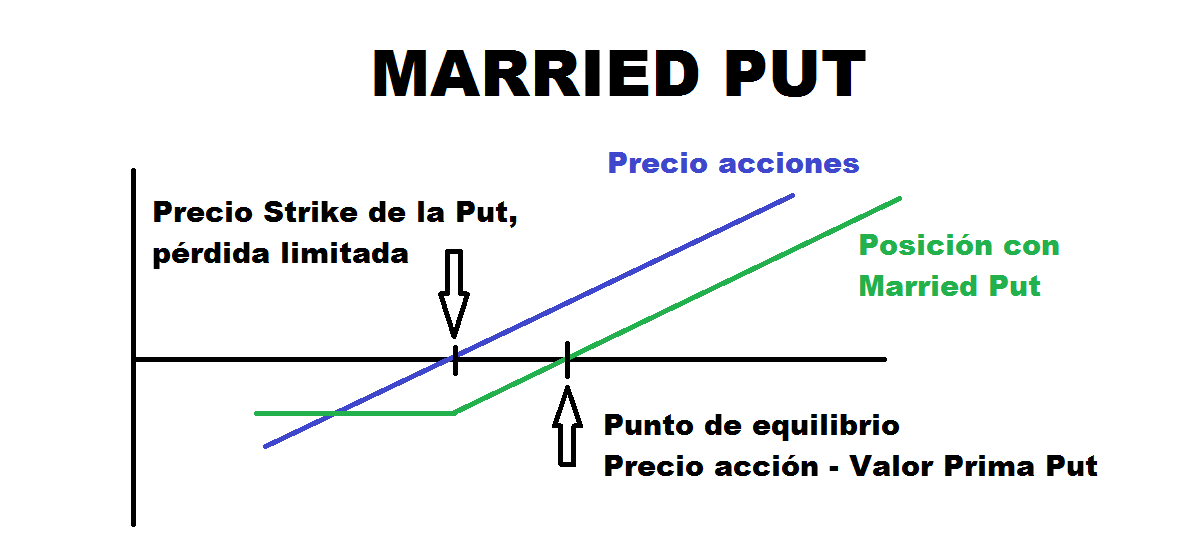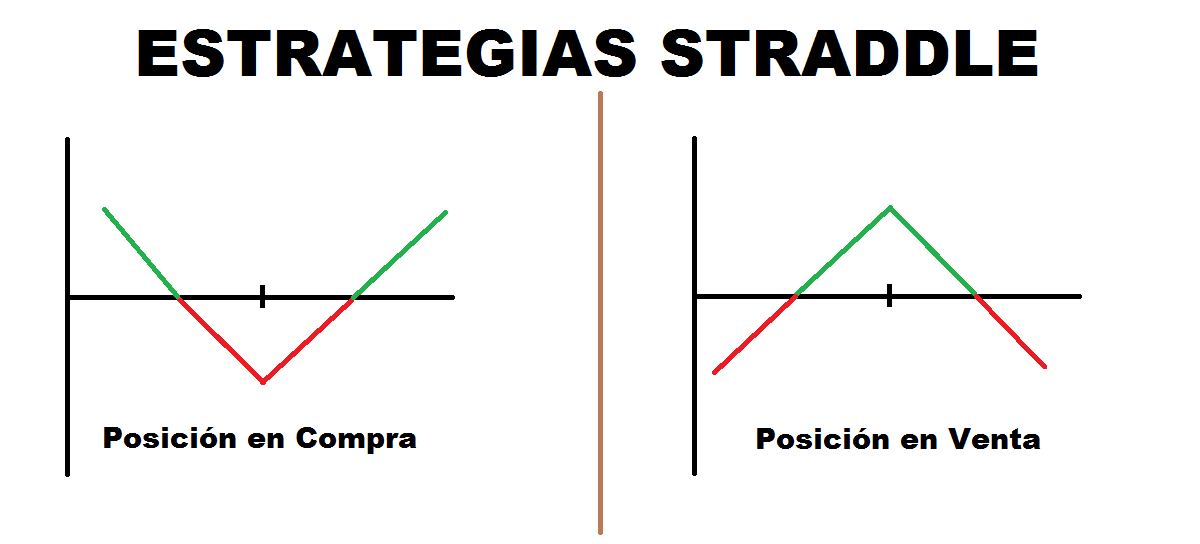
A while ago we talked on the blog about the Financial Options. They are another of the forms of investment and / or speculation available within the stock market. They are an instrument that can be highly complex and difficult to understand, especially for investors who are just starting to operate this asset class. This post is intended to be a derivative extension to understand the different strategies commonly used with financial options. For this reason, if you do not know how they work or you still have doubts, you may be interested in reading first what the options market is. And I highly recommend it… there are 2 kinds of them, the Calls, the Puts and they can be both for buying and selling. A wrong order in the direction that we do not want by mistake, can lead to infinite losses.
However, if you have come this far, and you intend to continue delving into the options market, I am going to present 3 strategies with financial options below. I hope you can enjoy some of them as much as I do. Now is when things get really interesting, and complicated at the same time, but I hope you can take advantage of it. The opportunities were, are and will be. So no rush to learn. Let's get started!

Covered Call Strategy
The Covered Call strategy, also called Covered Call in Spanish, consists of the buying shares and selling a call option on the same actions. The main objective pursued in this strategy with options is the collection of the premium.
Execution mode
The same number of shares that the underlying shares exist in the option or options that are intended to be sold must be purchased. For example, if you intend to sell 2 Call options and each one has 100 underlying shares, the ideal would be to buy 200 shares of that value. The main reason is that when the day of expiration arrives, if the shares are above the strike price of the option, it is very possible that it will be executed. When the option is executed, the buyer will demand from us as sellers, the shares at the agreed price. Let's see the whole process better with an example:
- We have a share that is trading at € 20. And it turns out that we have 00 shares of this company that we bought recently (or a long time ago, the fact is that we have them).
- We decided to sell 2 Call options at a Strike price of 21 euros for a premium of 0 euros and with a maturity of 60 month.
- If the shares go down. In the event of a decline in the share price, the options will not be executed because it would not make sense. Better if it were, we would sell more expensive! Simply, what would happen at expiration is that the call options sold would expire and we would also have a premium that we would have reimbursed. 0 x 60 = 200 euros won.
- If the shares go up. Let's imagine that the shares reach 25 euros, and we have the options committed at 21 euros. That is a loss of 4 x 200 = 800 euros. However, by having the shares bought, we have also earned that difference, so we will not have to refund it, not at least directly. So when the expiration day came, the option would be executed. Final earnings would have been 20 to 21, 1 euro for each share, plus a premium of 0 euros. That is, 60 x 1 = 60 euros.
Execution cases before expiration
Within the strategies with financial options there are cases in which the options can be executed before expiration. This has to do with whether they are American or European Options. European ones can only be executed on the expiration dayWhile the americans any day. That is, if for any reason the buyer would find it more profitable to execute them earlier, on our part as sellers we would have the obligation to sell the shares at the strike price before expiration. An example could be that there was a dividend distribution during the operation. The buyer of the Call would see the shares go down in value without benefiting, so if the premium paid is small, he could eventually exercise his right.
Married Put Strategy
Also called Put Protectora in Spanish, this strategy with options consists of the purchase of Put's having a purchased position in shares. In this way, if we believe that the value we have is bullish, but it may suffer a pronounced decline and we want to protect ourselves against falls, this strategy is ideal. In this way, we would have the right to execute the Put option to be able to sell our shares at the expiration date at a higher price in case the decreases were to occur.
Straddle Strategy
The Straddle strategy is one of the strategies with financial options where it is not required to have bought the shares. The positive part of this strategy is that we can implement it as long as we consider that we have reason to believe that there will be a lot or little volatility. For this, there are two types of Straddle, the long (or bought) and the short (or sold)
Long Straddle / Buy
The Straddle in Purchase consists of the simultaneous purchase, at the same strike price, and the same expiration date of a Call option and another Put option. Variations can also arise, such as buying them out of the money and thus minimizing the price of the premium.
This strategy is used when it is considered that there will be a lot of volatility and the price will take a strong upward or downward direction, but which will be unknown. If it is down, the Put option will revalue, while if it is up, it will be the Call option that will increase in value. So the expected scenario is that the price takes a strong direction.
The cost of this operation is the premium for both types of options, so the worst case scenario would be for the share price to remain immobile at the expiration date. We would have lost the premiums with little possibility of amortizing them.
Short Straddle / Sale
The Straddle for Sale is unlike the previous one, the simultaneous sale of a Call and a Put option with the same expiration date and strike price. Among the strategies with financial options, this is one of the most risky. Normally, the premium is expected to be charged while a minimum fluctuation in the price of the underlying is expected. However, the worst case scenario would be a very strong price movement in some direction. This would translate into very large losses should this occur. Personally, I have never used this strategy, because of the risk it entails. For what I expose this methodology more for educational purposes than as a recommendation.
If you are interested in continuing to deepen with new strategies with financial options and some of more complex ones, you cannot miss the second part!


